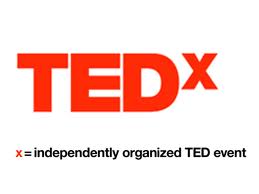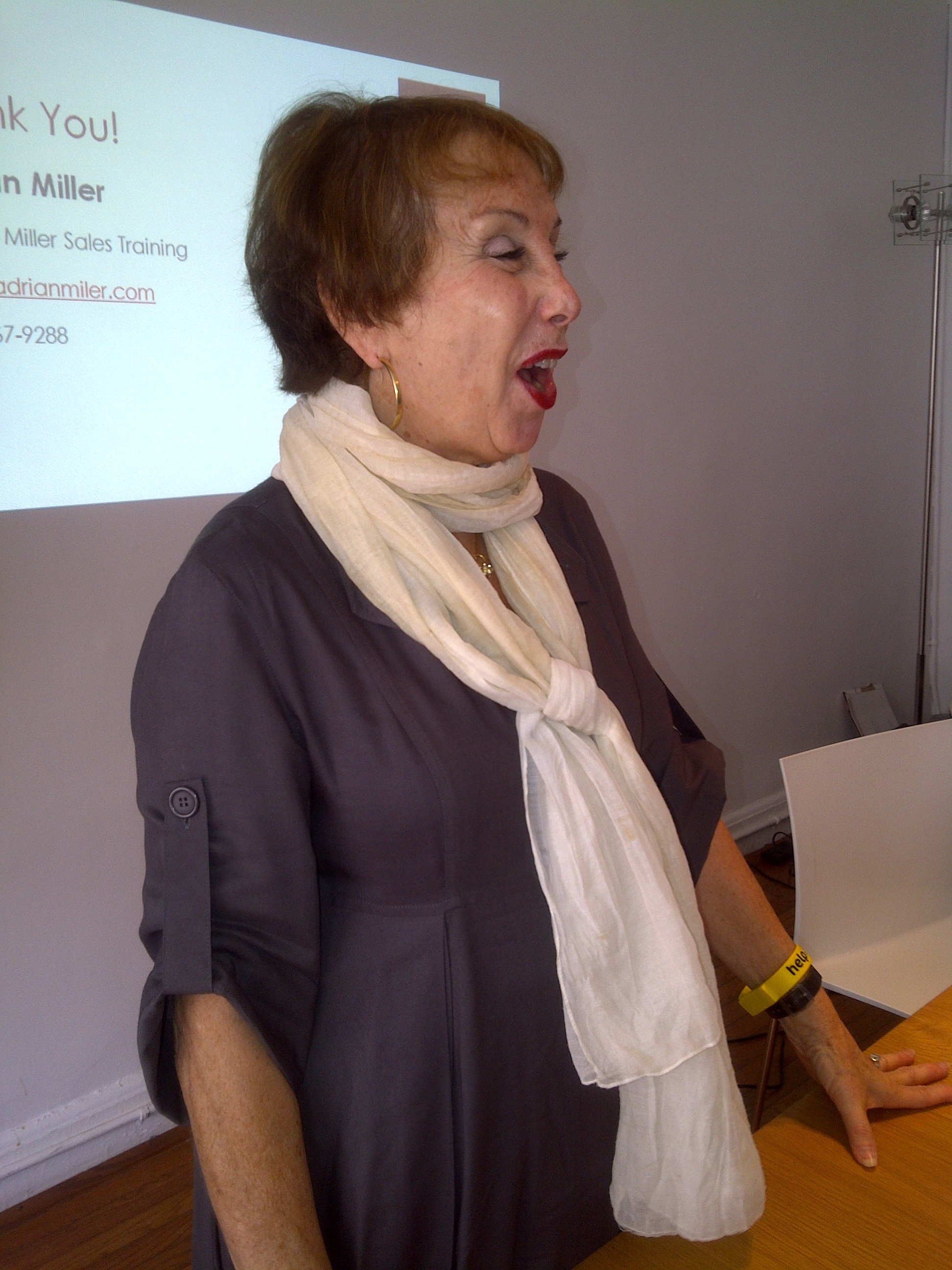 Vernice Armour, the first African American woman combat pilot, wrote an article in Speaker Magazine entitled, "The Gutsy Move". In the article, she relates what she learned in her military career and shared 5 mission-critical steps to realizing your goals.
In reading these steps, I realized they had a lot of application to success in public speaking and presentations. Here are Ms. Armour's 5 tips:
Vernice Armour, the first African American woman combat pilot, wrote an article in Speaker Magazine entitled, "The Gutsy Move". In the article, she relates what she learned in her military career and shared 5 mission-critical steps to realizing your goals.
In reading these steps, I realized they had a lot of application to success in public speaking and presentations. Here are Ms. Armour's 5 tips:
1. Establish clarity with your flight plan.
The first thing I ask my coaching clients is, "What is your intention? Why are you doing this?" And from there, we set a clear outcome. This is another way of saying, "Start with the end in mind." Too many speakers start working in PowerPoint. Your intention comes before your structure.
2. Create courage with pre-flight.
The biggest fear is public speaking. The first step in assuaging that fear is to prepare. The formula for successful speaking is 90% preparation and only 10% delivery. Preparation mitigates the unknown zone. The more you know about your topic, your audience, and the venue, the more confident you will feel. Use a presentation checklist to keep you on track.
3. Power up for takeoff.
Just like any pilot fires up the engines, a public speaker needs to get ready to speak. That involves mental conditioning, practicing out loud, timing and recording yourself. A speech coach will help you get ready to be your best. If you can't hire a speech coach, you can practice your speech at a toastmasters meeting, or in front of friends and colleagues.
4. Embrace execution.
Once you've prepared, the big moment comes when you're in the spotlight. Have the confidence that you already know your message and speak from the heart. Forget all about the perfect hand gesture or the ideal entrance. Be authentic and the audience will embrace you and your message. If you forget one of your points, the audience will not know. You can always say it a different way.
Interact with your audience through polling questions, exercises, games and technology. You'll lose your self-consciousness when you are dialoguing, connecting, and sharing the platform.
5. Review, recharge, re-attack.
It ain't over 'til it's over. Joking aside, your presentation doesn't end when you hear the applause. The next step is to collect feedback, review your performance, and re-work or apply the lessons learned to your next speech. Provide a paper feedback form before you finish speaking or ask people to respond online, but they must answer the survey while you're in the room. Most people will not fill it out post-presentation.
When you're a fighter pilot, you do fly into the line of fire. You can breathe a sigh of relief as a public speaker because the line of fire is only in your mind. Follow these five steps to make the most of your speaking mission.


 I read an interesting story written by
I read an interesting story written by  Vernice Armour
Vernice Armour I recently read an article by Dylan Kendall entitled, "
I recently read an article by Dylan Kendall entitled, " "Ask any businessman or woman and they will tell you the same thing – confidence is a vital ingredient in the recipe for success. In other words, if you want to be really good at anything - no matter what walk of life you are involved in - you need to have belief in yourself and your abilities."
"Ask any businessman or woman and they will tell you the same thing – confidence is a vital ingredient in the recipe for success. In other words, if you want to be really good at anything - no matter what walk of life you are involved in - you need to have belief in yourself and your abilities." Professional speakers who are satisfied with the status quo will surely find their audience slipping away. Just like the car replaced the horse and buggy, dynamic, interactive presentations are replacing the talking head. Today, public speakers have to play a bigger game in order to give a
Professional speakers who are satisfied with the status quo will surely find their audience slipping away. Just like the car replaced the horse and buggy, dynamic, interactive presentations are replacing the talking head. Today, public speakers have to play a bigger game in order to give a 




 Words are dying.
Words are dying. TED.com
TED.com  When I first started out in my speaking business, I was hired by American Management Association to give public seminars in public speaking and presentation skills.
One day, the program director sent around a memo stating that all AMA presenters were expected to arrive early to the class. It was not acceptable to show up at 9:00 a.m. What? Who would do that? I always arrived an hour early.
When I first started out in my speaking business, I was hired by American Management Association to give public seminars in public speaking and presentation skills.
One day, the program director sent around a memo stating that all AMA presenters were expected to arrive early to the class. It was not acceptable to show up at 9:00 a.m. What? Who would do that? I always arrived an hour early.
 Josephine "Jody" Prestovino single-handedly brought missing federal supplies to Staten Island, New York by using her voice. Jody lost her home during hurricane Sandy and spoke on behalf of her own community with no media training. She looked directly at the camera and said, "Obama promised to cut through the red tape, but we've seen nothing. Nobody is here."
It's because she spoke with conviction and passion that she had an impact.
Josephine "Jody" Prestovino single-handedly brought missing federal supplies to Staten Island, New York by using her voice. Jody lost her home during hurricane Sandy and spoke on behalf of her own community with no media training. She looked directly at the camera and said, "Obama promised to cut through the red tape, but we've seen nothing. Nobody is here."
It's because she spoke with conviction and passion that she had an impact. TED
TED  The first presidential debate on October 3, 2012 belongs to Mitt Romney. It was a clear win in terms of content and delivery. Both candidates began cordially and gracefully. The President acknowledged his wife on the evening of their 20th anniversary. Mitt Romney also congratulated him and quipped about how Obama probably didn't want to spend a romantic evening on stage with him.
Both candidates are skilled public speakers. They each looked presidential but Romney owned the room with his rapid fire responses, his knowledge of the facts, and his aggressive approach. He seemed more relaxed and natural and was finally able to humanize his image by talking about people he had met on the campaign trail and correcting any inaccuracies about his policies. What was especially effective was his ability to speak crisply as he quickly enumerated three to four points he wanted to make. He made direct eye contact with Obama and his passion was evident. Gone was his robotic delivery.
The first presidential debate on October 3, 2012 belongs to Mitt Romney. It was a clear win in terms of content and delivery. Both candidates began cordially and gracefully. The President acknowledged his wife on the evening of their 20th anniversary. Mitt Romney also congratulated him and quipped about how Obama probably didn't want to spend a romantic evening on stage with him.
Both candidates are skilled public speakers. They each looked presidential but Romney owned the room with his rapid fire responses, his knowledge of the facts, and his aggressive approach. He seemed more relaxed and natural and was finally able to humanize his image by talking about people he had met on the campaign trail and correcting any inaccuracies about his policies. What was especially effective was his ability to speak crisply as he quickly enumerated three to four points he wanted to make. He made direct eye contact with Obama and his passion was evident. Gone was his robotic delivery.
 On Friday, Ford Saeks spoke to the
On Friday, Ford Saeks spoke to the